Opinion & Analysis
How difficult is it REALLY to play NCAA Division I Men’s Golf?
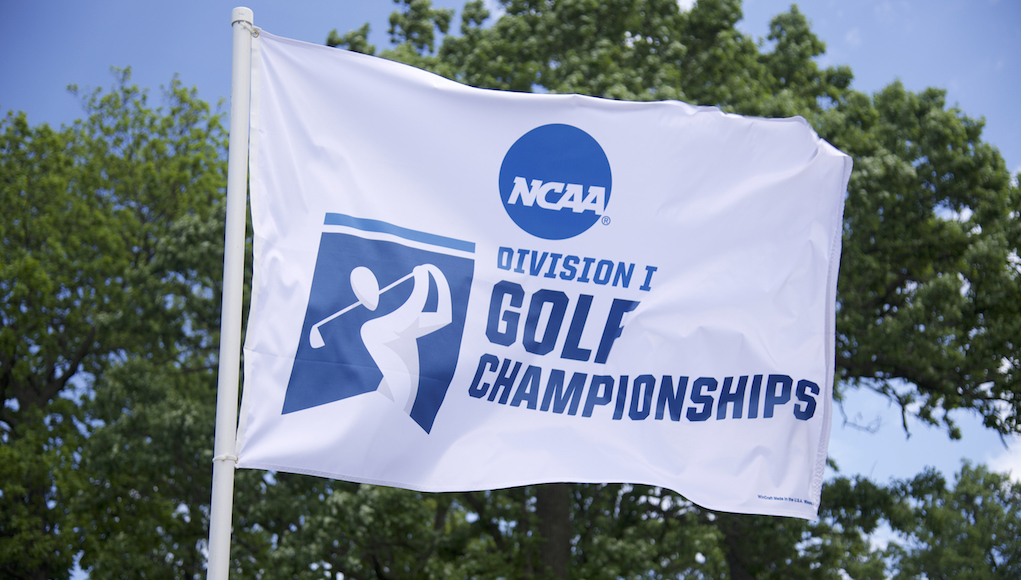
This article was written in collaboration between Brendan Ryan and Estefania Acosta. To research more on the subject of college golf from these authors, please check out their book, The College Golf Almanac, that is now for sale on Amazon for $19.99.
Just about every client I work for wants the same thing — to play Division I college golf. While I never discourage anyone from pursuing this dream, it is my job to recommend the college that best fits the client from a golf, academic, and social standpoint. So, while it would be nice for all of my students to play at a DI school, it just simply isn’t possible. In many cases I am stuck with the unenviable task of explaining to junior golfers and their parents why they may not be Division I material.
The fact of the matter is that recruits and their families have a hard time understanding how few opportunities actually exist in Division I golf, particularly for men. Only 298 Division I schools have men’s golf teams, most of which will take an average of two players per recruiting class. This means that there are only 596 Men’s Division I roster spots offered per year.
Those chances seem slim, but they get even slimmer when you take an international perspective into account. According to the European Golf Association, there are 47,178 male junior golfers in Germany, 47,333 juniors in Sweden, and 8,478 juniors in Denmark. Add almost 150,000 juniors in America and the juniors from the fifteen-plus other countries I left out, and those 596 spots are significantly harder to land than most people realize.
Because of the ever-increasing amount of prospective student-athletes, coaches need an efficient means to quickly seek out juniors and evaluate their performance. Enter the Junior Golf Scoreboard (JGS) and World Amateur Golf Ranking (WAGR), the most accurate ranking systems for junior golfers around the world. Coaches often use these two systems as a way to quickly examine potential recruits. The JGS and WAGR gather data from junior golf tournaments to provide an objective look at how players perform and where they rank with their fellow competitors.
Junior golfers and their parents should pay attention to these rankings to understand the level of performance they need to play at a DI level. Extensive statistical analysis of the JGS and WAGR rankings of players on the JGS list of 2016 Early Signees could tell you exactly how good you need to be. But nobody wants to do that. It is tedious, daunting, and takes far too much time. Luckily, I did all of that dirty work for you.
So you want to play Division I men’s golf? Here’s how good you need to be:
Recruits from the Top 25 Schools
I split my analysis into three sections of group data, first analyzing the top 25 schools, then the top 26-100, followed by the top 101-150 schools, the top 151-200 schools, the top 201-250 schools, and the top 251-298 schools. Beginning with the top 25 schools, I used data from Golfstats’ Top 25 college teams from the end of the Fall Season. There were 67 players signed, 58 of whom were from the United States and 11 of whom were international players.
In terms of geography, the most recruits in the United States were either from California (12), Florida (6), and Texas (5). Of the 58 American signees, 33 of these players were recruited in-state, 8 were recruited regionally (schools in states near where they live), and 17 were recruited to non regional out-of-state schools. The international students were from Denmark (2), Philippines, Australia, Norway, Sweden (2), France, Thailand, Ireland, and South Africa.
As far as statistics go, the average JGS class ranking was 89.45 and the average WAGR was 533. While this may seem fairly cut-and-dry, these averages do not paint a full picture of the players recruited to the top 25 teams. There are some outliers.
For example, there was a vast discrepancy in the rankings of players. Although the player with the lowest JGS class ranking was an Oregon recruit from California with a ranking of 5, the highest ranked player was a UNLV recruit from California with a ranking of 406. Although a Norwegian player who was recruited to Texas had the lowest WAGR rank at 87, the player with the highest WAGR was a Thai player ranked at 2256 who was recruited to San Diego State. This player drastically skewed the data; if we took him out then the average WAGR would be 349.57.
Schools ranked in the top 26-100
The second tier of recruits I studied were from the next 75 best Division I men’s golf teams. 139 players were signed, 113 of whom were from the United States and 26 of whom were from international countries.
Out of the 113 American players, 67 signed to in-state schools, 23 signed to regional schools, and 22 signed to non regional out-of-state schools. The 26 international players were from Costa Rica, Chile, New Zealand (2), Australia (5), Scotland (2), Malaysia, France, Germany, England (4), Spain, Thailand (2), and Canada (5). One of the Australian signees was also a transfer from a junior college.
The average JGS Class ranking was 191.36 and the average WAGR was 858.09. But again, we see these statistics influenced by outliers. For example, the lowest ranked player on the JGS was a South Florida recruit from Florida who was ranked #1, while the highest JGS ranking was a University of Alabama-Birmingham (UAB) recruit from Alabama with a ranking of 1072. The lowest ranked player in the WAGR is a South Florida recruit from Chile with the #7 rank, while the highest ranked player had a WAGR of 2071 and was a Canadian player recruited to Colorado.
NOTE: The sample size of international students registered with the WAGR was too small and showed too much of a discrepancy to take into account for the rest of the teams in this study.
Schools ranked in the top 101-150
70 players were signed to the 50 next best schools. Two of the signees were transfers from junior colleges. Of the 63 players that were from the United States, 34 went to in-state schools, 18 went to regional schools, and 11 went to non regional out-of-state schools. The 7 international players were signed from Sweden (2), Canada (2), Japan, Czechoslovakia, and Scotland.
The average JGS Class ranking was 341.77. The player with the lowest JGS Class ranking of 21 was a Pennsylvanian player who signed to Kansas. The player with the highest JGS Class ranking of 1176 was a player from Wisconsin who signed in-state to Wisconsin.
Schools ranked in the top 151-200
63 players were signed to fourth tier of DI colleges I reviewed. Two Junior College transfers were also signed. Of the 54 United States recruits, 27 signed to in-state schools, 16 signed to regional schools, and 11 signed to non regional out-of-state schools. There were 9 international signees from Canada (3), France, Philippines, England (2), the Dominican Republic, and Japan
The average JGS Class ranking was 482.98. The player with the lowest JGS ranking was an Oral Roberts recruit from Oklahoma with a ranking of 41. The player with the highest JGS Class ranking was an Army recruit from North Carolina with a ranking of 1585.
Schools ranked in the top 201-250
47 players were signed to the top 201-250 Division 1 men’s teams. Of the 43 United States recruits, 19 signed to in-state schools, 14 signed to regional schools, and 10 signed to non regional out-of-state schools. The 4 international students were from Canada (2), Thailand, and Spain.
The average JGS Class ranking was 516.70. The lowest ranked player was a Rutgers recruit from Maryland with a ranking of 132. The highest ranked player was a Temple recruit from Maryland with a ranking of 1547.
Schools ranked in the top 251-298
Only 19 of the final 47 Division I men’s golf schools even had Early Signings to report. 30 signees were recruited, all of whom were from the United States. 18 signed to in-state schools, 7 signed to regional schools, and 5 signed to non regional out-of-state schools.
The average JGS Class ranking was 573.37. The player with the lowest JGS Class ranking was an Xavier recruit from Kentucky with a ranking of 206.
General Statistics
The following are general statistics and totals I found for my entire study. I decided to keep these general statistics until the end of this article. I believe that it they are misleading if you do not understand the nuances of the group statistics that I explained above.
- Average JGS Class ranking of all DI Early Signees: 364.54
- Percentage of International Early Signings: 13 percent
- Percentage of In-State Early Signings: 52 percent
- Percentage of Regional Early Signings: 26 percent
- Percentage of Out-of-State Early Signings: 22 percent
Conclusion
Based on my analysis, the highest average JGS class ranking for any section of the top 298 Division I teams was 573. Therefore in my opinion a male junior golfer must be in the Top 600 of his recruiting class to be seriously considered by a DI program.
But when everything’s said and done, it is important to remember that recruiting is not an exact science. The WAGR and JGS are not the be-all-to-end-all. Other factors such as academics, recruiting in-state, or legacy (having a family member attend a college or university in the past) can influence a coach’s decision. My data should only be a benchmark for knowing how well you have to perform to be a Division I golfer. Hopefully you find this information helpful on your journey to be a collegiate athlete.
- LIKE126
- LEGIT34
- WOW12
- LOL7
- IDHT5
- FLOP6
- OB3
- SHANK65
Opinion & Analysis
Ryan: Why the race to get better at golf might be doing more harm than good

B.F. Skinner was one of the most important psychologists of the 20th century, developing the foundation of the development of reinforcement, and in doing so, creating the concept of behaviorism. In simple terms, this means that we are conditioned by our habits. In practical terms, it explains the divide between the few and far between elite instructors and college coaches.
To understand the application, let’s quickly review one of B.F. Skinner’s most important experiments; superstitions in the formation of behavior by pigeons. In this experiment, food was dispensed to pigeons at random intervals. Soon, according to Skinner, the pigeons began to associate whatever action they were doing at the time of the food being dispensed. According to Skinner, this conditioned that response and soon, they simply haphazardly repeated the action, failing to distinguish between cause and correlation (and in the meantime, looking really funny!).
Now, this is simply the best way to describe the actions of most every women’s college golf coach and too many instructors in America. They see something work, get positive feedback and then become conditioned to give the feedback, more and more, regardless of if it works (this is also why tips from your buddies never work!).
Go to a college event, particularly a women’s one, and you will see coaches running all over the place. Like the pigeons in the experiment, they have been conditioned into a codependent relationship with their players in which they believe their words and actions, can transform a round of golf. It is simply hilarious while being equally perturbing
In junior golf, it’s everywhere. Junior golf academies make a living selling parents that a hysterical coach and over-coaching are essential ingredients in your child’s success.
Let’s be clear, no one of any intellect has any real interest in golf — because it’s not that interesting. The people left, including most coaches and instructors, carve out a small fiefdom, usually on the corner of the range, where they use the illusion of competency to pray on people. In simple terms, they baffle people with the bullshit of pseudo-science that they can make you better, after just one more lesson.
The reality is that life is an impromptu game. The world of golf, business, and school have a message that the goal is being right. This, of course, is bad advice, being right in your own mind is easy, trying to push your ideas on others is hard. As a result, it is not surprising that the divorce rate among golf professionals and their instructors is 100 percent. The transfer rate among college players continues to soar, and too many courses have a guy peddling nefarious science to good people. In fact, we do at my course!
The question is, what impact does all this have on college-age and younger kids? At this point, we honestly don’t know. However, I am going to go out on a limb and say it isn’t good.
Soren Kierkegaard once quipped “I saw it for what it is, and I laughed.” The actions of most coaches and instructors in America are laughable. The problem is that I am not laughing because they are doing damage to kids, as well as driving good people away from this game.
The fact is that golfers don’t need more tips, secrets, or lessons. They need to be presented with a better understanding of the key elements of golf. With this understanding, they can then start to frame which information makes sense and what doesn’t. This will emancipate them and allow them to take charge of their own development.
- LIKE5
- LEGIT2
- WOW1
- LOL0
- IDHT0
- FLOP0
- OB0
- SHANK4
19th Hole
Vincenzi’s 2024 Valspar Championship betting preview: Elite ballstrikers to thrive at Copperhead
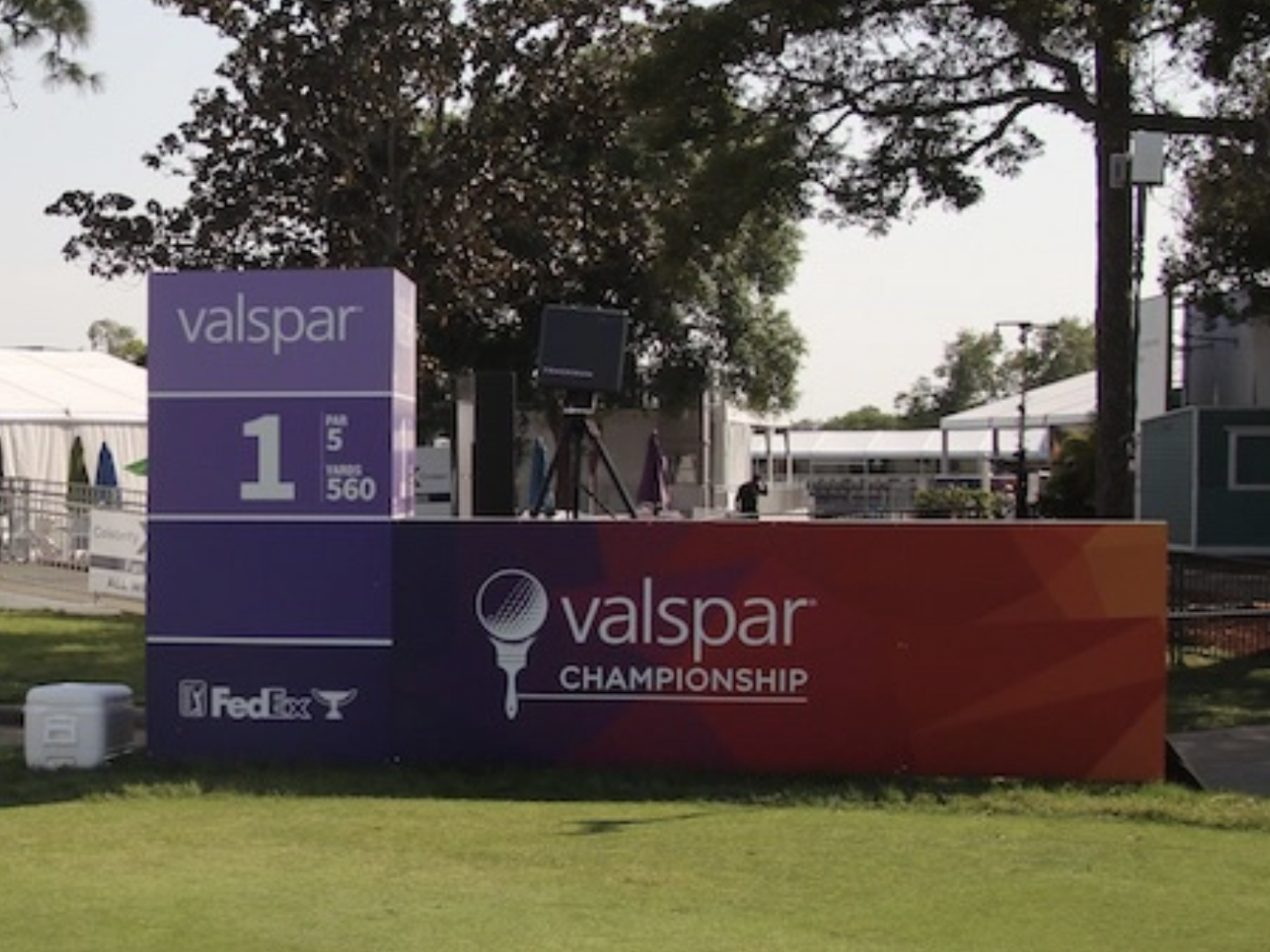
The PGA TOUR will stay in Florida this week for the 2024 Valspar Championship.
The Copperhead Course at Innisbrook Resort is a par 71 measuring 7,340 yards and features Bermudagrass greens overseeded with POA. Infamous for its difficulty, the track will be a tough test for golfers as trouble lurks all over the place. Holes 16, 17 and 18 — also known as the “Snake Pit” — make up one of the toughest three-hole stretches in golf and should lead to a captivating finish on Sunday.
The field is comprised of 156 golfers teeing it up. The field this week is solid and is a major improvement over last year’s field that felt the impact of players skipping due to a handful of “signature events” in a short span of time.
Past Winners at Valspar Championship
- 2023: Taylor Moore (-10)
- 2022: Sam Burns (-17)
- 2021: Sam Burns (-17)
- 2019: Paul Casey (-8)
- 2018: Paul Casey (-10)
- 2017: Adam Hadwin (-14)
- 2016: Charl Schwartzel (-7)
- 2015: Jordan Spieth (-10)
In this article and going forward, I’ll be using the Rabbit Hole by Betsperts Golf data engine to develop my custom model. If you want to build your own model or check out all of the detailed stats, you can sign up using promo code: MATTVIN for 25% off any subscription package (yearly is best value).
Key Stats For Copperhead
1. Strokes Gained: Approach
Strokes Gained: Approach grades out as the most important statistic once again this week. Copperhead really can’t be overpowered and is a second-shot golf course.
Total SG: Approach Over Past 24 Rounds (per round)
- Tony Finau (+.90)
- Nick Taylor (+.81)
- Justin Thomas (+.77)
- Greyson Sigg (+.69)
- Christiaan Bezuidenhout (+.67)
2. Good Drive %
The long hitters can be a bit limited here due to the tree-lined fairways and penal rough. Playing from the fairways will be important, but laying back too far will cause some difficult approaches with firm greens that may not hold shots from long irons.
Golfers who have a good balance of distance and accuracy have the best chance this week.
Good Drive % Over Past 24 Rounds
- Brice Garnett (+91.3%)
- Zach Johnson (+91.1%)
- Sam Ryder (+90.5%)
- Ryan Moore (+90.4%)
- Aaron Rai (+89.7%)
3. Strokes Gained: Ball Striking
Adding ball-striking puts even more of a premium on tee-to-green prowess in the statistical model this week. Golfers who rank highly in ball-striking are in total control of the golf ball which is exceedingly important at Copperhead.
SG: Ball Striking Over Past 24 Rounds:
- Xander Schauffele (+1.32)
- Keith Mitchell (+1.29)
- Tony Finau (+1.24)
- Cameron Young (+1.17)
- Doug Ghim (+.95)
4. Bogey Avoidance
With the conditions likely to be difficult, avoiding bogeys will be crucial this week. In a challenging event like the Valspar, oftentimes the golfer who is best at avoiding mistakes ends up on top.
Gritty golfers who can grind out difficult pars have a much better chance in an event like this than a low-scoring birdie-fest.
Bogey Avoidance Over Past 24 Rounds
- Brice Garnett (+9.0)
- Xander Schauffele (+9.3)
- Austin Cook (+9.7)
- Chesson Hadley (+10.0)
- Greyson Sigg (+10.2)
5. Strokes Gained: Total in Difficult Conditions
Conditions will be tough this week at Copperhead. I am looking for golfers who can rise to the occasion if the course plays as difficult as it has in the past.
Strokes Gained: Total in Difficult Conditions Over Past 24 rounds
- Xander Schauffele (+1,71)
- Min Woo Lee (+1.39)
- Cameron Young (+1.27)
- Jordan Spieth (+1.08)
- Justin Suh (+.94)
6. Course History
That statistic will tell us which players have played well at Copperhead in the past.
Course History Over Past 24 rounds
- Patrick Cantlay (+3.75)
- Sam Burns (+2.49)
- Davis Riley (+2.33)
- Matt NeSmith (+2.22)
- Jordan Spieth (+2.04)
The Valspar Championship Model Rankings
Below, I’ve compiled overall model rankings using a combination of the five key statistical categories previously discussed — SG: Approach (27%), Good Drive % (15%), SG: BS (20%), Bogeys Avoided (13%), Course History (13%) Strokes Gained: Total in Difficult Conditions (12%).
- Xander Schauffele
- Doug Ghim
- Victor Perez
- Greyson Sigg
- Ryan Moore
- Tony Finau
- Justin Thomas
- Sam Ryder
- Sam Burns
- Lucas Glover
2024 Valspar Championship Picks
Justin Thomas +1400 (DraftKings)
Justin Thomas will be disappointed with his finish at last week’s PLAYERS Championship, as the past champion missed the cut despite being in some decent form heading into the event. Despite the missed cut, JT hit the ball really well. In his two rounds, the two-time major champion led the field in Strokes Gained: Approach per round.
Thomas has been up and down this season. He’s missed the cut in two “signature events” but also has finishes of T12 at the Arnold Palmer Invitational, T12 at the Waste Management Phoenix Open, T6 at the Pebble Beach AT&T Pro-Am and T3 at the American Express. In his past 24 rounds, he ranks 3rd in the field in Strokes Gained: Approach and 6th in Strokes Gained: Ball Striking in the field.
Thomas loves Copperhead. In his last three tries at the course, he’s finished T13, T3 and T10. Thomas would have loved to get a win at a big event early in the season, but avoidable mistakes and a balky putter have cost him dearly. I believe a trip to a course he loves in a field he should be able to capitalize on is the right recipe for JT to right the ship.
Christiaan Bezuidenhout +6000 (FanDuel)
Christiaan Bezuidenhout is playing spectacular golf in the 2024 season. He finished 2nd at the American Express, T20 at Pebble Beach and T24 at the Genesis Invitational before finishing T13 at last week’s PLAYERS Championship.
In his past 24 rounds, the South African ranks 3rd in the field in Strokes Gained: Approach and 26th in Strokes Gained: Ball Striking. Bezuidenhout managed to work his way around TPC Sawgrass last week with minimal damage. He only made five bogeys in the entire week, which is a great sign heading into a difficult Copperhead this week.
Bezuidenhout is winless in his PGA Tour career, but certainly has the talent to win on Tour. His recent iron play tells me that this week could be a breakthrough for the 35-year-old who has eyes on the President’s Cup.
Doug Ghim +8000 (FanDuel)
Doug Ghim has finished in the top-16 of his past five starts. Most recently, Ghim finished T16 at The PLAYERS Championship in a loaded field.
In his past 24 rounds, Ghim ranks 8th in Strokes Gained: Approach and 5th in Strokes Gained: Ball Striking. In terms of his fit for Copperhead, the 27-year-old ranks 12th in Bogey Avoidance and 7th in Strokes Gained: Total in Difficult Conditions, making him a great fit for the course.
Ghim has yet to win on Tour, but at one point he was the top ranked Amateur golfer in the world and played in the 2017 Arnold Palmer Cup and 2017 Walker Cup. He then won the Ben Hogan award for the best male college golfer in 2018. He certainly has the talent, and there are signals aplenty that his talent in ready to take him to the winner’s circle on the PGA Tour.
Sepp Straka +8000 (BetRivers)
Sepp Straka is a player who’s shown he has the type of game that can translate to a difficult Florida golf course. The former Presidents Cup participant won the 2022 Honda Classic in tough conditions and should thrive with a similar test at Copperhead.
It’s been a slow 2024 for Straka, but his performance last week at the PLAYERS Championship surely provides some optimism. He gained 5.4 strokes on approach as well as 1.88 strokes off the tee. The tee-to-green game Straka showed on a course with plenty of danger demonstrates that he can stay in control of his golf ball this week.
It’s possible that the strong performance last week was an outlier, but I’m willing to bet on a proven winner in a weaker field at a great number.
Victor Perez +12000 (FanDuel)
Victor Perez is no stranger to success in professional golf. The Frenchman has three DP World Tour wins including a Rolex Series event. He won the 2019 Alfred Dunhill Links Championship, as well as the 2023 Abu Dhabi HSBC Championship, which are some big events.
Perez earned his PGA Tour card this season and enters the week playing some fantastic golf. He finished in a tie for 16th in Florida at the Cognizant Classic and then tied for third in his most recent start at the Puerto Rico Open.
In his past 24 rounds in the field, Perez ranks 11th in Strokes Gained: Approach, 1oth in Strokes Gained: Ball Striking, 6th in Good Drive % and 15th in Bogey Avoidance.
Perez comes in as a perfect fit for Copperhead and offers serious value at triple-digit odds.
- LIKE16
- LEGIT3
- WOW2
- LOL0
- IDHT0
- FLOP1
- OB2
- SHANK6
Opinion & Analysis
Myrtle Beach, Explored: February in South Carolina
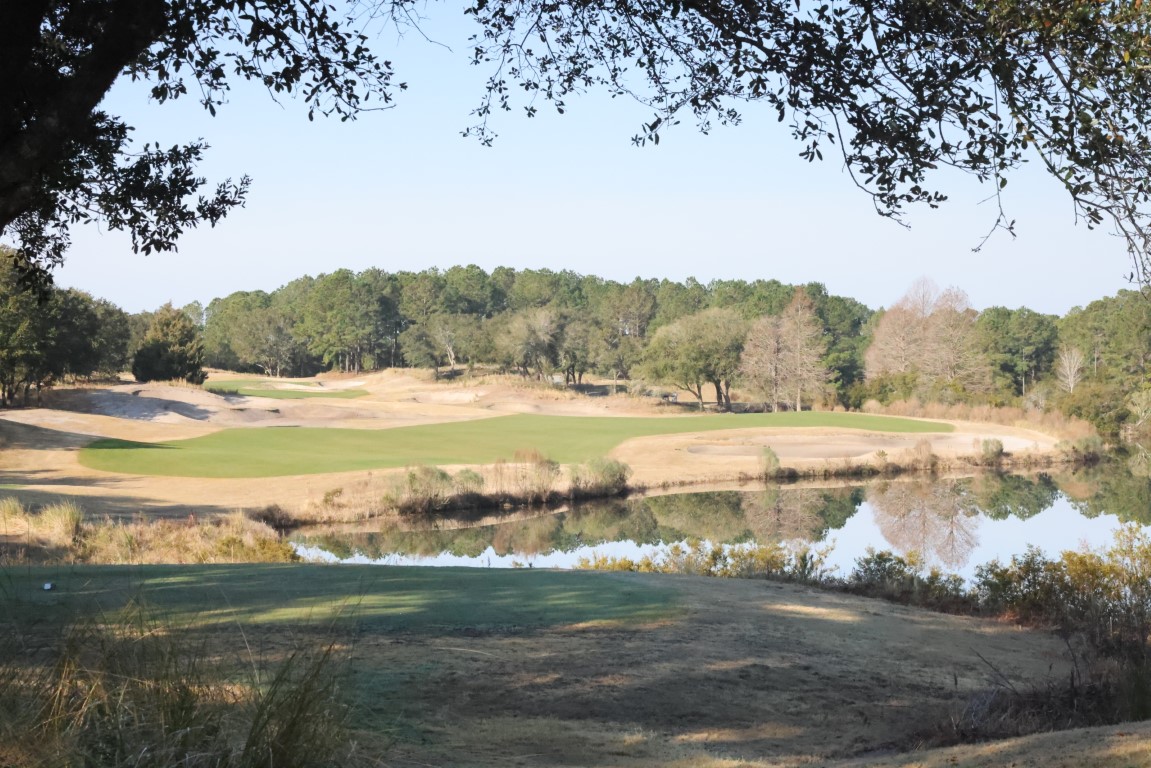
As I gain in experience and age, and familiarity breeds neither contempt nor disdain, I understand why people return to a place. A destination like Myrtle Beach offers a sizable supply and diversity of restaurants, entertainment venues, and shops that are predicated on the tenets of the service industry. Greet your customers with a smile and a kind word, and they will find comfort and assurance. Provide them with a memorable experience and they will suggest your place of business to others.
My first tour of Myrtle Beach took place in the mid-1980s, and consisted of one course: Gator Hole. I don’t remember much from that day, and since Gator Hole closed a decade later, I cannot revisit it to recollect what I’d lost. Since then, I’ve come to the Grand Strand a few times, and been fortunate to never place a course more than once. I’ve seen the Strantz courses to the south and dipped my toe in the North Carolina courses of Calabash. I’ve been to many in the middle, including Dunes, Pine Lakes, Grande Dunes among them.
2024 brought a quartet of new courses, including two at the Barefoot Resort. I’d heard about the North Myrtle Beach four-pack of courses that highlight the Barefoot property, including layouts from Pete Dye, Tom Fazio, Davis Love III, and Greg Norman. I had the opportunity to play and shoot the Dye and Fazio tracks, which means that I’ll have to return to see the other two. Sandwiched between them were the TPC-Myrtle Beach course, also from Tom Fazio, and the Pawley’s Plantation trace, by the hand of Jack Nicklaus. I anticipated a bit of the heroic, and bit of the strategic, and plenty of eye candy. None of those architects would ever be considered a minimalist, so there would be plenty of in-play and out-of-play bunkers and mounds to tantalize the senses.
My nephew arrived a few days early, to screen a few more courses. As a result, you the reader will have an extra quarter of mini-reviews, bringing the total of courses in this piece to eight. It was inconceivable that CJR would play four courses that I had never played nor photographed, but that was the case. His words appear at the end of this piece. We hope that you enjoy the tour.
Main Feature: Two Barefoots, a TPC, and Pawley’s Plantation
What Paul “Pete” Dye brought back from his trips to the United Kingdom, hearkened back to what C.B. MacDonal did, some 65 years prior. There is a way of finding bunkers and fairways, and even green sites, that does not require major industrial work. The Dye course at Barefoot Resorts takes you on a journey over the rumpled terrain of distant places. If there’s one element missing, it’s the creased and turbulent fairways, so often found in England and Ireland. The one tenet of playing a Dye course, is to always aim away from temptation, from where your eyes draw you. Find the safe side of the target, and you’ll probably find your ball. It then stands that you will have a shot for your next attempt. Cut the corner, and you might have need to reload. The Barefoot course begins gently, in terms of distance, but challenges with visual deception. After two brief 4s and a 3, the real work begins. The course is exposed enough, to allow the coastal winds to dance along the fairways. Be ready to keep the ball low and take an extra club or two.
If memory serves, TPCMB is my first trek around a TPC-branded course. It had all the trappings of a tour course, from the welcome, through the clubhouse, to the practice facilities and, of course, the course. TPC-Myrtle Beach is a Tom Fazio design, and if you never visit Augusta National, you’ll now have an idea of what it is like. You play Augusta’s 16th hole twice at TPCMB, and you enjoy it both times. Fazio really likes the pond-left, green-angle-around par three hole, and his two iterations of it are memorable.
You’ll also see those Augusta bunkers, the ones with the manicured edges that drop into a modestly-circular form. What distinguishes these sand pits is the manner in which they rise from the surrounding ground. They are unique in that they don’t resemble the geometric bunkering of a Seth Raynor, nor the organic pits found in origin courses. They are built, make no mistake, and recovery from them is manageable for all levels of bunker wizardry.
If you have the opportunity to play the two Tom Fazio courses back to back, you’ll notice a marked difference in styling. Let me digress for a moment, then circle back with an explanation. It was written that the NLE World Woods course designed by Fazio, Pine Barrens, was an homage to Pine Valley, the legendary, New Jersey club where Fazio is both a member and the architect on retainer. The Pine Barrens course was plowed under in 2022, so the homage no longer exists. At least, I didn’t think that it existed, until I played his Barefoot Resort course in North Myrtle Beach.
Pine Valley might be described as an aesthetic of scrub and sand. There are mighty, forced carries to travers, along with sempiternal, sandy lairs to avoid. Barefoot Fazio is quite similar. If you’re not faced with a forced carry, you’ll certainly contend with a fairway border or greenside necklace of sand. When you reach the 13th tee, you’ll face a drive into a fairway, and you might see a distant green, with a notable absence: flagstick. The 13th is the icing on the homage cake, a callout of the 8th hole at Pine Valley. Numero Ocho at the OG has two greens, side by side, and they change the manner in which the hole plays (so they say.) At Barefoot Fazio, the right-side green is a traditional approach, with an unimpeded run of fairway to putting surface. The left-side green (the one that I was fortunate to play) demands a pitch shot over a wasteland. It’s a fitting tribute for the rest of us to play.
Be certain to parrot the starter, Leon’s, advice, and play up a deck of tees. Barefoot Fazio offers five par-three holes, so the fours and fives play that much longer. Remember, too, that you are on vacation. Why not treat yourself to some birdie looks?
The Jack Nicklaus course at Pawley’s Plantation emerged from a period of hibernation in 2024. The greens were torn up and their original contours were restored. Work was overseen by Troy Vincent, a member of the Nicklaus Architecture team. In addition, the putting corridors were reseeded with a hardier, dwarf bermuda that has experienced great success, all along the Grand Strand that is Myrtle Beach.
My visit allowed me to see the inward half first, and I understand why the resort wishes to conclude your day on those holes. The front nine of Pawley’s Plantation works its way through familiar, low country trees and wetlands. The back nine begins in similar fashion, then makes its way east, toward the marsh that separates mainland from Pawley’s Island. Recalling the powerful sun of that Wednesday morning, any round beginning on the second nine would face collateral damage from the warming star. Much better to hit holes 11 to close when the sun is higher in the sky.
The marshland holes (12 through 17) are spectacular in their raw, unprotected nature. The winds off the Atlantic are unrelenting and unforgiving, and the twin, par-three holes will remain in your memory banks for time’s march. In typical Golden Bear fashion, a majority of his putting targets are smallish in nature, reflecting his appreciation for accurate approach shots. Be sure to find the forgiving side of each green, and err to that portion. You’ll be grateful.
Bonus Coverage: Myrtlewood, Beechwood, Arrowhead, and King’s North
Arrowhead (Raymond Floyd and Tom Jackson)
A course built in the middle of a community, water threatens on most every hole. The Cypress 9 provides a few holes forcing a carried drive then challenge you with water surrounding the green. On Waterway, a drivable 2nd hole will tempt most, so make sure the group ahead has cleared the green.
Myrtlewood (Edmund Alt and Arthur Hills) and Beechwood (Gene Hamm)
A middle of the winter New Englander’s paradise. Wide open fairways, zero blind shots and light rough allow for shaking off the rust and plenty of forgiveness. A plethora of dog legs cause one to be cautious with every tee shot. Won’t break the bank nor the scorecard.
King’s North @ Myrtle Beach National (Arnold Palmer)
- LIKE2
- LEGIT0
- WOW0
- LOL0
- IDHT0
- FLOP1
- OB0
- SHANK1
-

 Whats in the Bag2 weeks ago
Whats in the Bag2 weeks agoScottie Scheffler WITB 2024 (March)
-

 Tour Photo Galleries3 weeks ago
Tour Photo Galleries3 weeks agoPhotos from the 2024 Arnold Palmer Invitational
-

 19th Hole3 weeks ago
19th Hole3 weeks agoJoaquin Niemann names 3 PGA Tour events he’d love to play each year ‘in a perfect world’
-
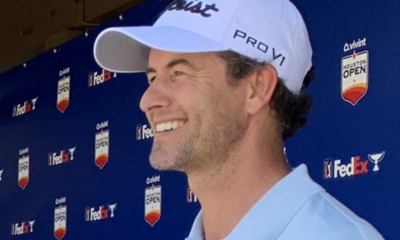
 19th Hole3 weeks ago
19th Hole3 weeks ago‘Seems suspect’ – PGA Tour pro hits out at decision to hand Adam Scott and Webb Simpson Bay Hill sponsor exemptions
-

 Equipment3 weeks ago
Equipment3 weeks agoSpotted: Bettinardi irons at the Arnold Palmer Invitational
-

 19th Hole2 weeks ago
19th Hole2 weeks agoPaulina Gretzky opens up on receiving death threats following DJ’s move to LIV Golf
-

 19th Hole3 weeks ago
19th Hole3 weeks agoVincenzi’s 2024 Arnold Palmer Invitational betting preview: Big names ready to pounce at Bay Hill
-

 19th Hole2 weeks ago
19th Hole2 weeks agoVincenzi’s LIV Golf Hong Kong betting preview: Trio of major champs primed for big week



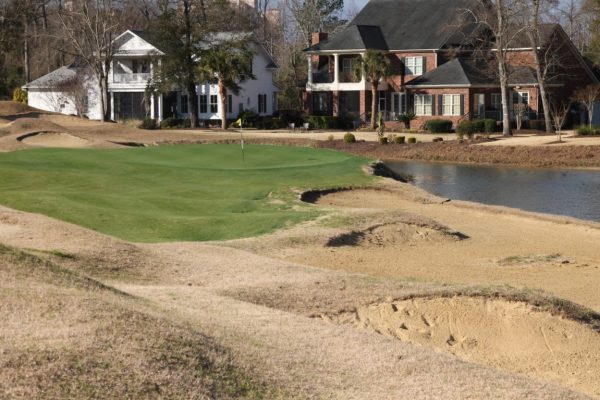
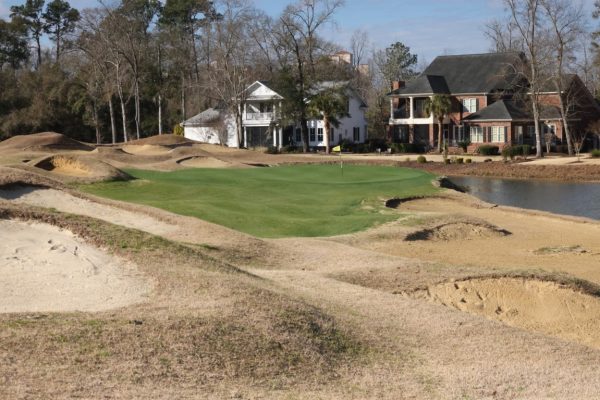
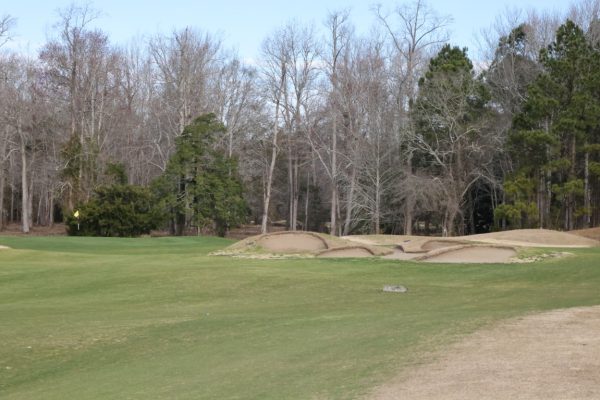
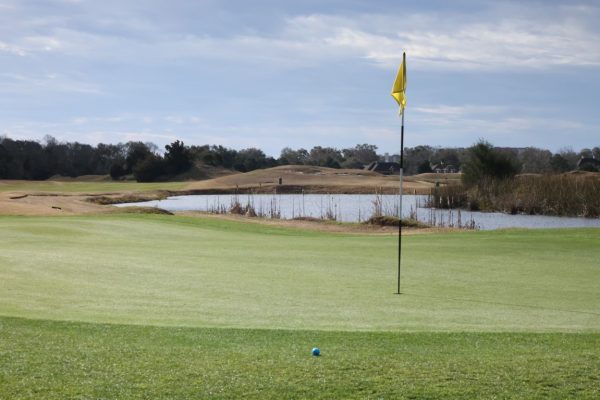
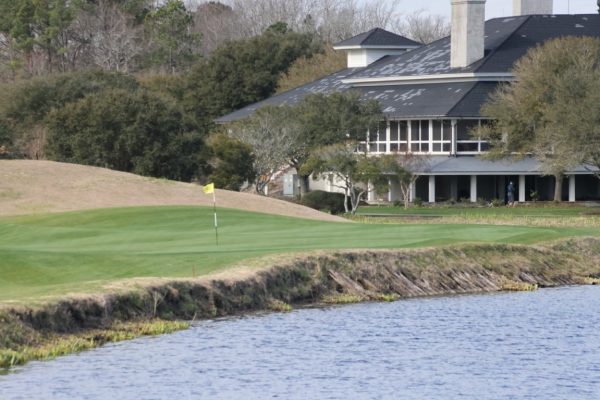
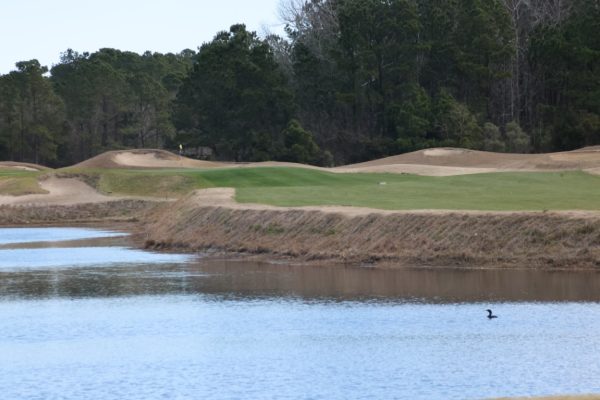
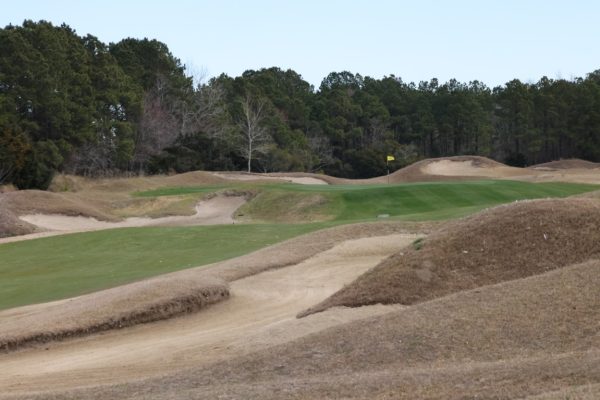
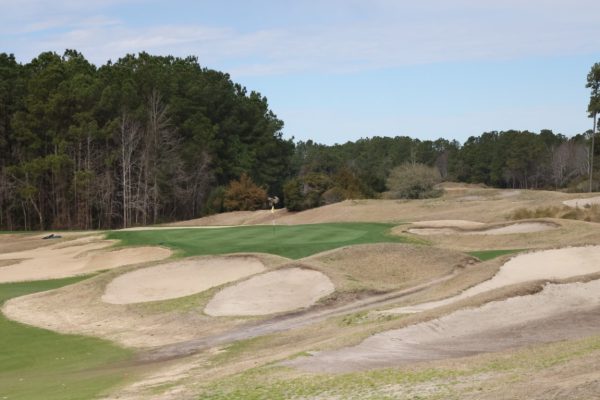
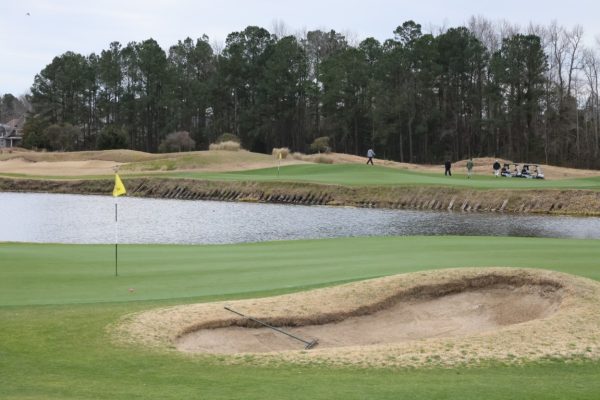

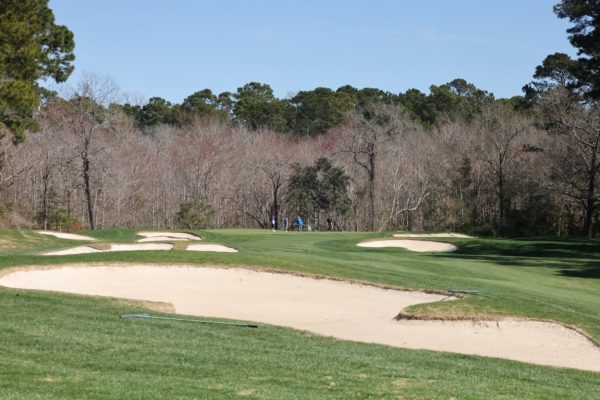
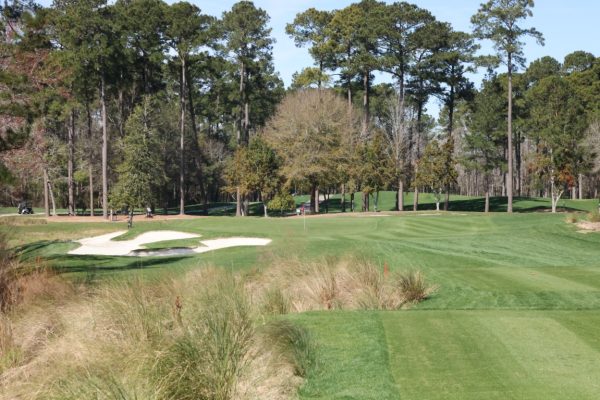
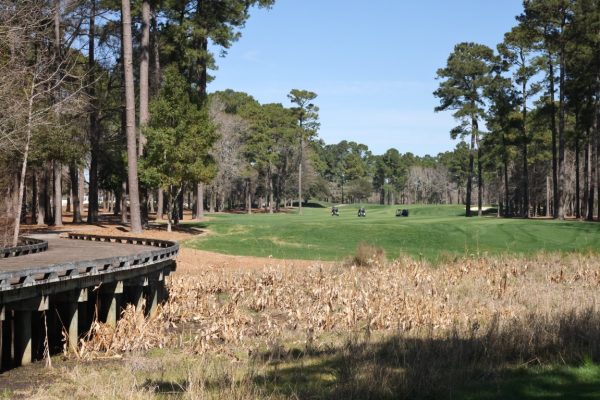
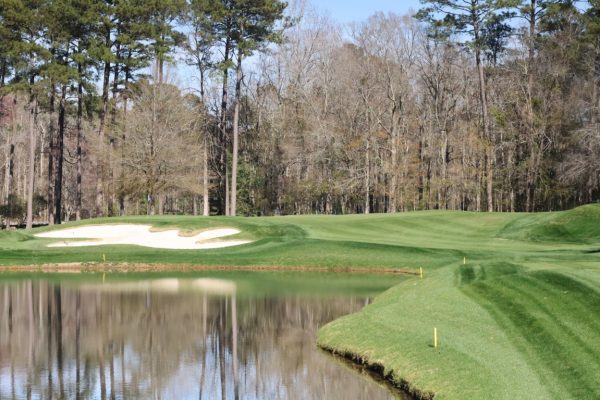
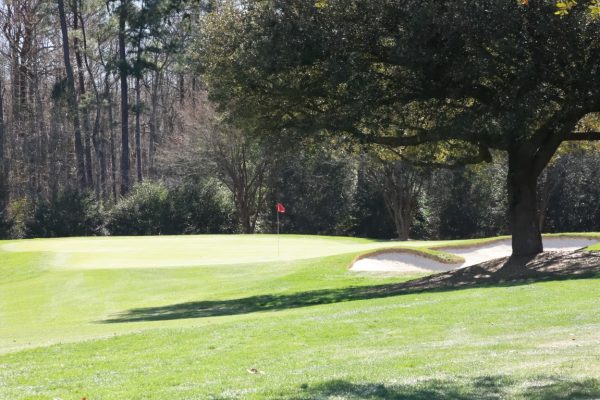
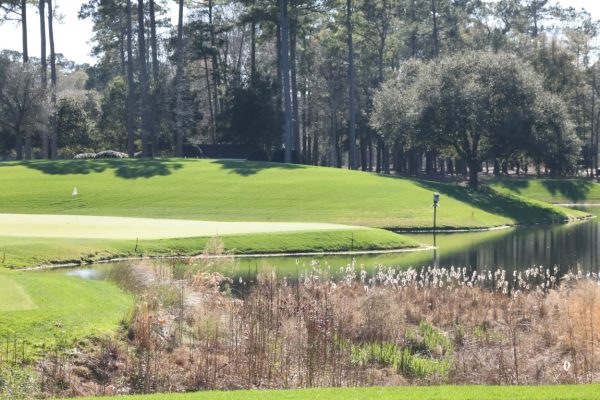
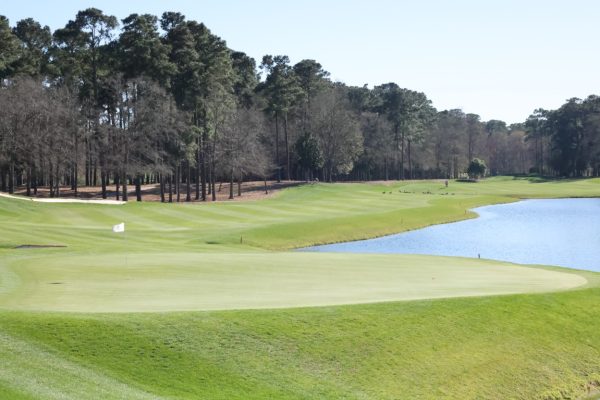
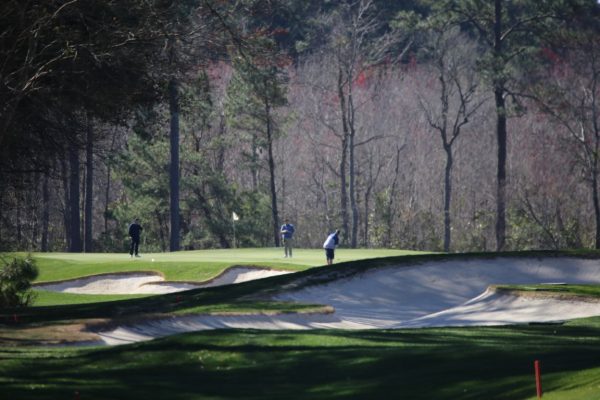
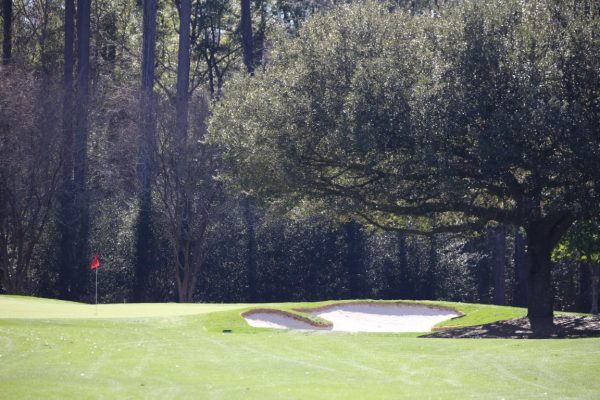
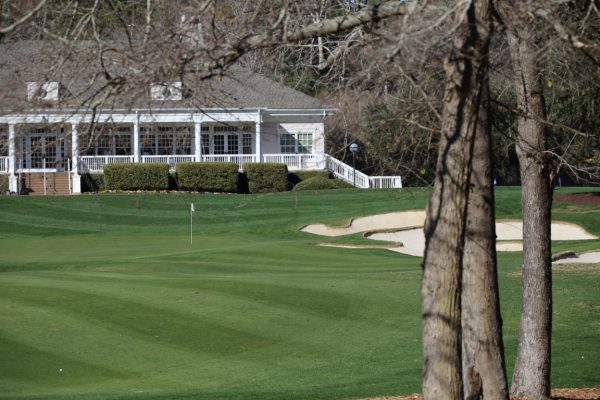
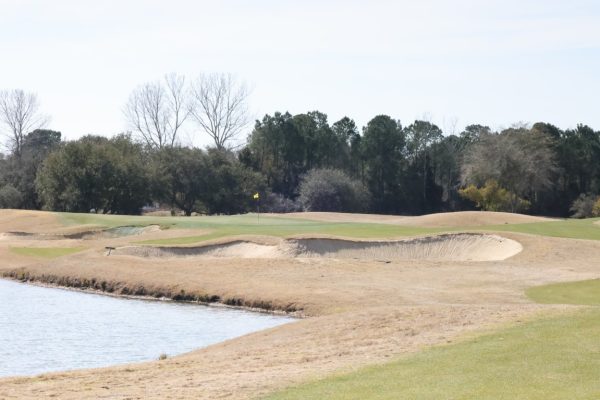
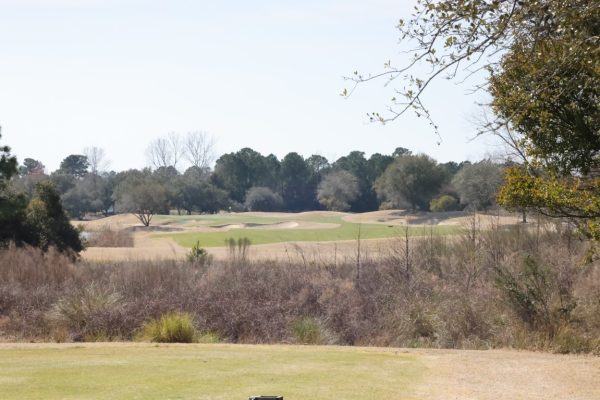
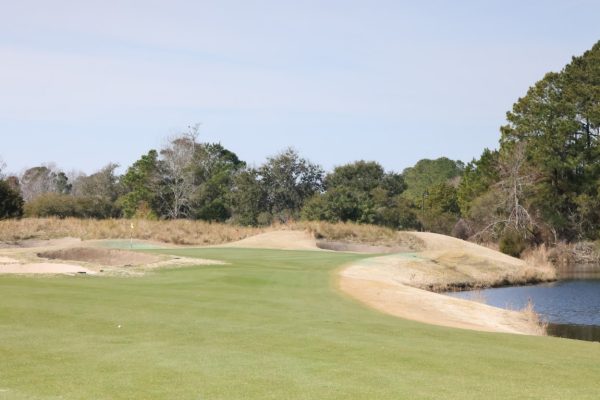
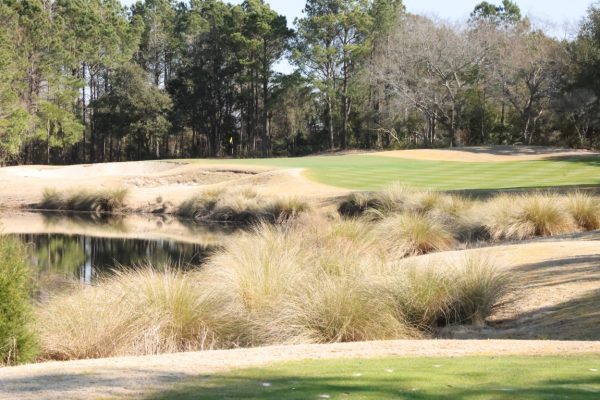


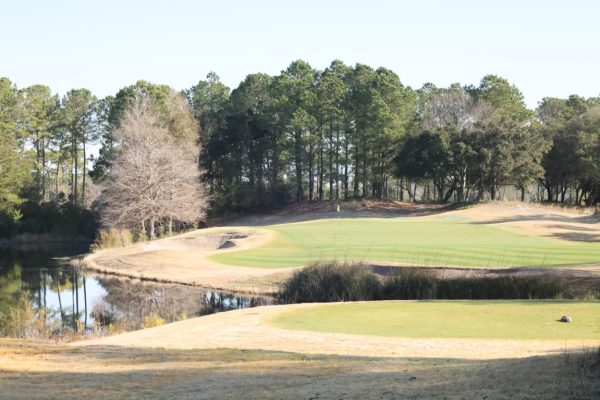
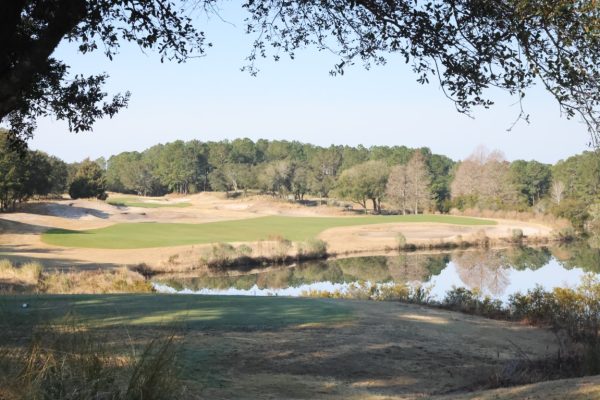
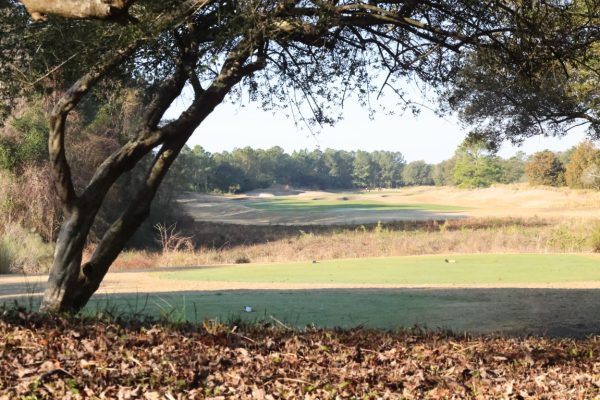

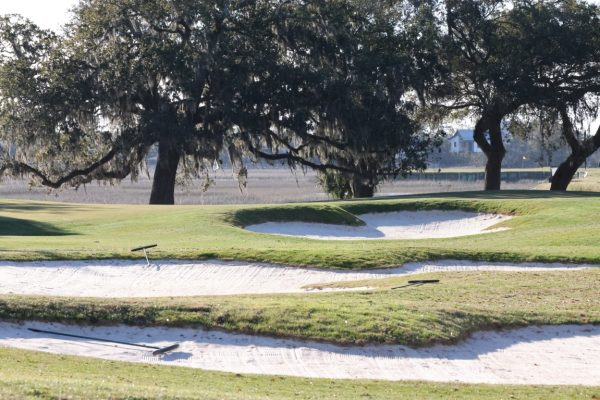
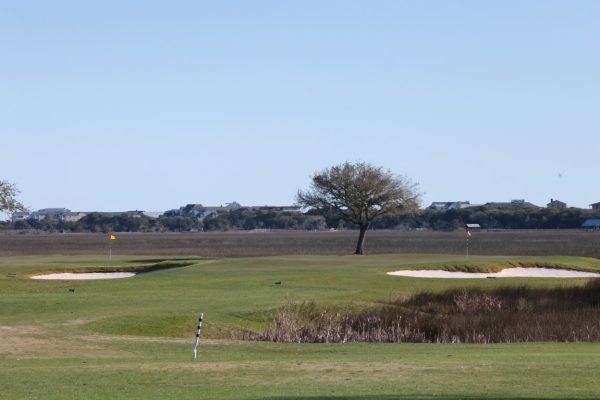
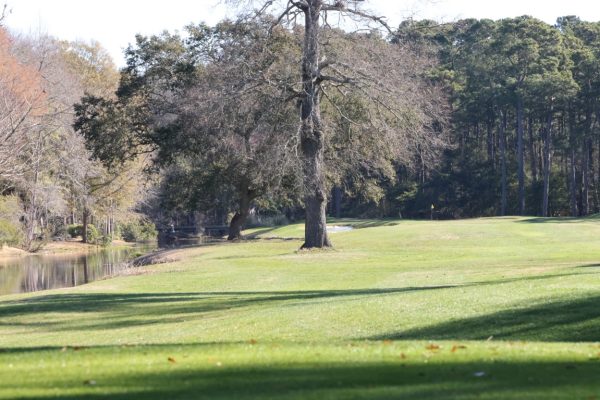
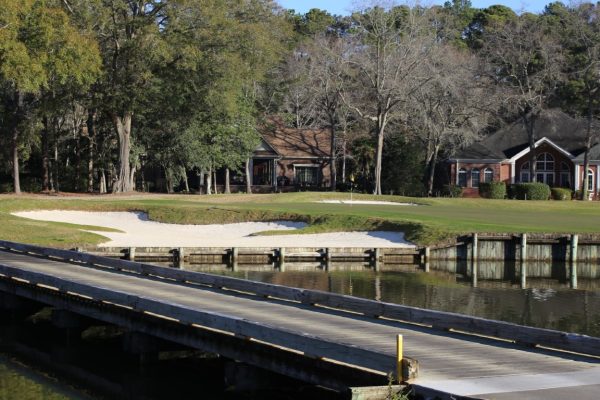
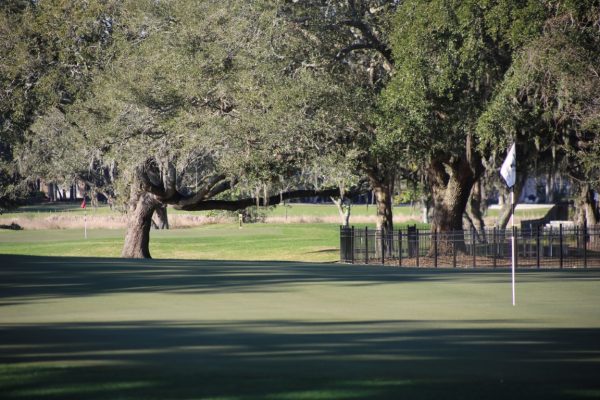
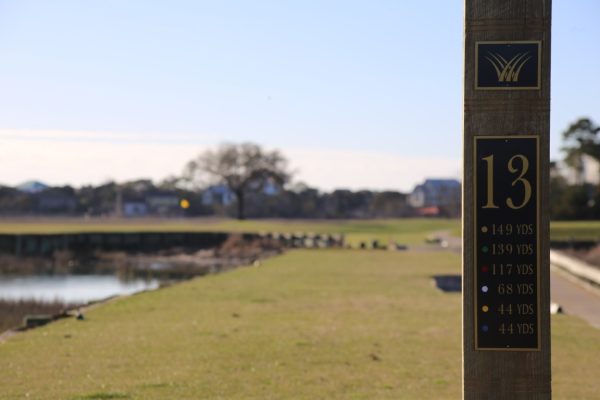
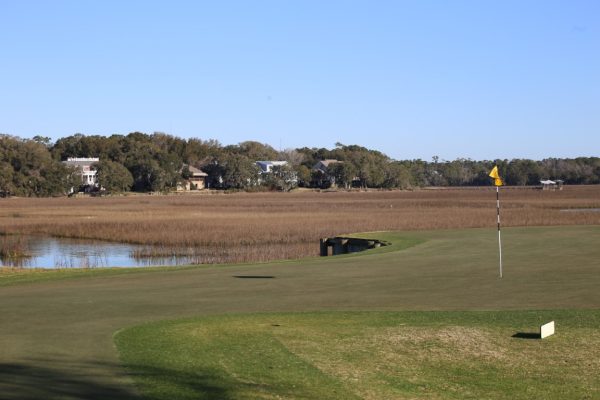
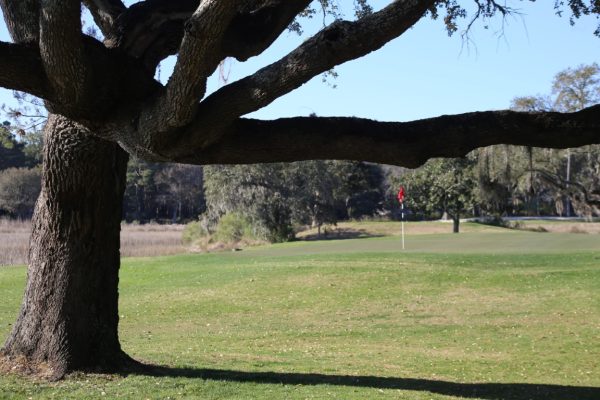
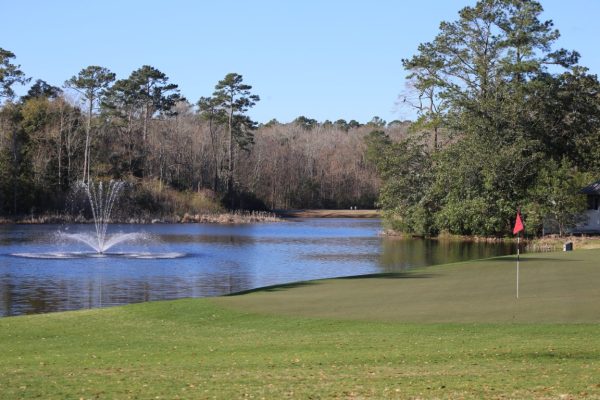
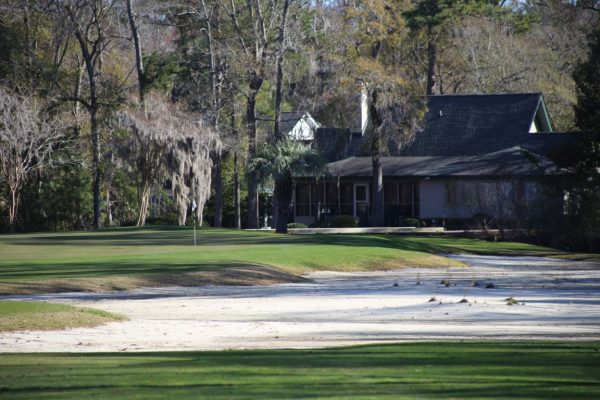

















Susan
Oct 14, 2017 at 3:23 pm
It is very hard to buy into the WAGR stats given they changed from a 12 month cycle to a 24 month cycle about 18 months ago. That has significantly changed the information as currently who is playing well as it looks at 2 years. That is a lifetime for a junior golfer and now to reach the minimum divisor is over 104 when it used to be around 52. That means that AJGA events (some) invitationals and just a few other junior events and then amateur events are what contributes to WAGR. The AJGA rankings are straight forward and a much better representation of where a player stands, I completely disagree that coaches are watching WAGR for junior recruiting. International players have access to pro events/ elite amateur events and can zip up WAGR quicker than most US Kids. The players that would play toward the top of WAGR are for the most part AJGA players of note. Junior Golf Scoreboard is a good system in that all scores are being shown for each event. To state that only x kids can or are likely to go d1 in the 500’s is kinda short sided. You can have great players that play 25 events a year and a player that plays 6 events a year but played really well have almost the same ranking. As a general rule coaches are not obsessed with rankings. They are obsessed with scores, length off the tee and good putting. They want kids that are ready to go and play at the top level and contribute to the team. You analysis is interesting but the brush is way too broad.
shandy
Oct 4, 2017 at 8:17 am
So what you’re saying is that you have to be among the top 600 of your class to garner one of 596 roster spots. Really crunching those numbers, eh?
Riley
Oct 3, 2017 at 5:23 pm
Should probably be noted that this is not about gaining a full or even partial scholarship, that number is much smaller. Not all players are on scholarships, the number of available scholarships are not like football or basketball. This is simply to be recruited as a team member.
D
Oct 3, 2017 at 2:33 am
D1 scholarships are out there in their hundreds, problem is kids want to play in places like Florida. Having played D1 for a time my conclusion is that their are tournaments all over the US, every week, winning scores at each tournament are in the mid 60’s, seriously good golf but the kid shooting 78 78 78 78 still finishes top 30 out of 100 guys, hailing from Europe my experience of D1 golf was such. The good guys were ridiculously good but the bad scores were worse then regional u16 events in Europe, guys shooting in the high 80s regularly.
My advise to anyone wanting a D1 school, contact coaches directly, send your swing, your scores and your videos direct, get on their websites and find schools that have a bunch of juniors and seniors. Last but not least schools that have alot of european guys like my team will love to recruit local guys.
HeavyG
Oct 2, 2017 at 7:16 pm
While the JGS and WAGR are analyzed,
Most of us do not understand them. How does that translate to average score or HDCP?
Branson Reynolds
Oct 2, 2017 at 12:24 pm
2 recruits a year? Do college golf teams only carry 8-10 players?
Chris
Oct 1, 2017 at 1:41 pm
Not to mention it’s nearly impossible to walk-on these days. I tried at a D1 school, had tournament scores in the 70s, and was playing my best golf at the time. The coach refused to take any walk-ons, the school just made him have tryouts.
Guy
Oct 1, 2017 at 1:37 am
Playing D1 doesn’t necessarily mean you’re good, it means you were good in high school and had the money to play a lot of junior golf (Get a top-notch recruiting resume). I play D2 and know a lot of guys that would be able to play for some top D1 schools.
Rwj
Sep 30, 2017 at 1:56 pm
Or just identify as a girl. Most div 1 female players can’t break 80
Mr. Feel Good
Oct 2, 2017 at 12:23 pm
Really? I would love to see your statistics. My guess would be that you could not play division 1 mens golf and thought it would be easier if you were a girl. Thinking that makes you feel better. The only thing stopping you is your gender. God made men and women different. The top LPGA players have never been able to really succeed on the PGA Tour and likely never will. That is not a knock on women but a true comparison in terms of size and strength. The skill is VERY similar.
Those averaging under 80 on top quality courses would not be a huge number but those who “can’t break 80” would be VERY few.
Egor
Oct 3, 2017 at 12:14 am
How dare you assume his gender (or.. her.. or.. zee, or it..). If it want’s to identify as a fem and play golf in college on the girls team wearing a skirt to hide his twig and berries – so be it. These stupid schools that cave to that agenda deserve every bit of wrath coming to them.
When you open the “stupid” door, you never know what is going to walk through.
nicelife
Sep 30, 2017 at 1:33 pm
It’s been a long time sine Undergrad. What is a Division I (igloo) / DI vs. a Division 1 (number one), D1 school?
wt
Sep 29, 2017 at 3:47 pm
596 spots for the seniors only who want to go college and 150K are the juniors from all ages. So the number should be much less if you only count the senior golfs.
The Dude
Sep 29, 2017 at 2:59 pm
Wow…someone did their homework
2putttom
Sep 29, 2017 at 12:35 pm
an enlightening article. More complicated than it was three decades ago. This article is something I will use as a reference.
matt_bear
Oct 1, 2017 at 10:23 am
it got “complicated” when the money got ridiculous. First being the cost of attending college is astronomical, and secondly the money available if you “make it” to pro golf.